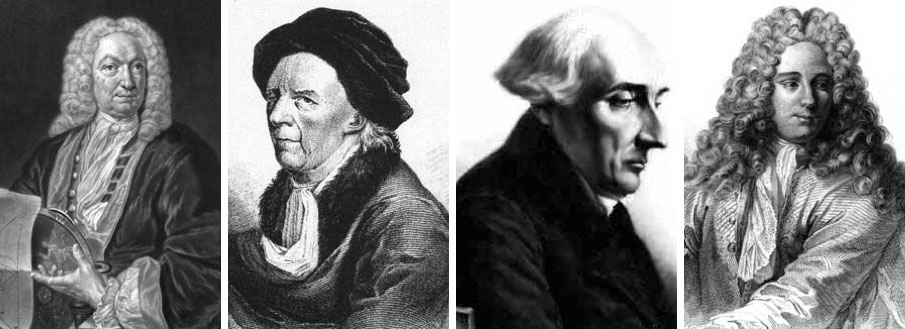

With the works of Euler, Monge, Meusnier, Dupin, Rodrigues, Germain, Casorati, etc., accordingly the curvature behaviour of surfaces in Euclidean spaces geometrically and analytically became more and more clear, and in this context Gauss discovered the 2D classical non-Euclidean geometries, the hyperbolic versions of which having been treated also axiomatically and independently by Lobachevskii and by Bolyai.
According to Galileo, “The book of Nature is written in the language of Geometry”, i.e. many natural phenomena can be described in terms of geometrical notions and, in particular, in terms of curvatures, of which in the meantime the analytical expressions were known.
Since many of these phenomena concern realisations of various kinds of extremal values and of certain equilibria or symmetries within given situations, the solutions of many variational principles of Maupertuis, Fermat, Leibniz, Bernoulli’s, etc., often by applying the variational calculus of Euler and Lagrange, yielded spectacular developments in natural philosophy.
For instance, several cycloids, catenaries and spirals, with most in particular the spira mirabilis (the natural logarithmic spiral), and, for instance, surfaces of constant mean curvature and surfaces of constant Gauss curvature and their geodesics and eventual loxodromes, showed up in this way as curves and surfaces of very special importance , for geometry and for the applications of geometry in science and in technology alike.